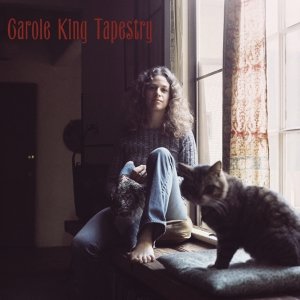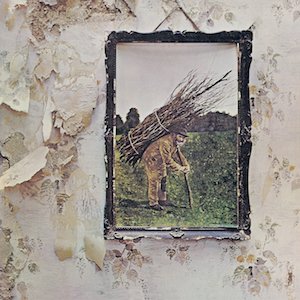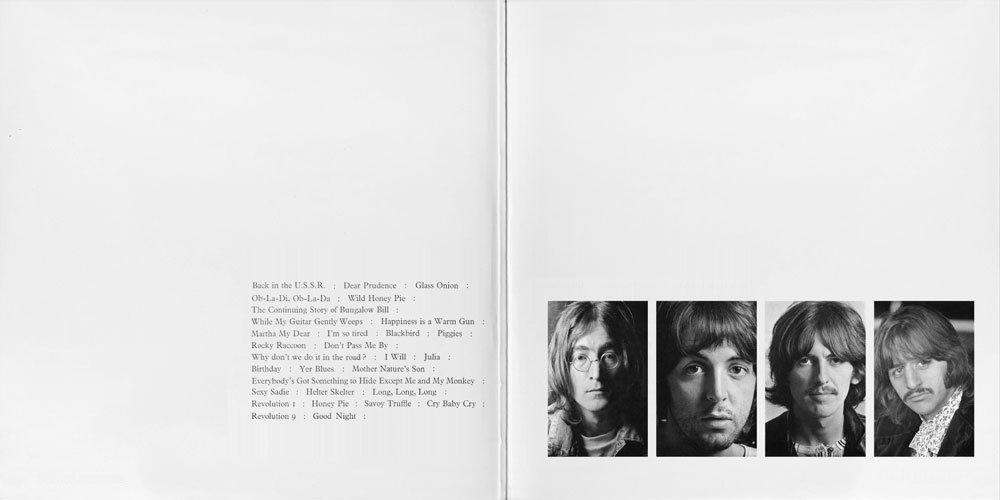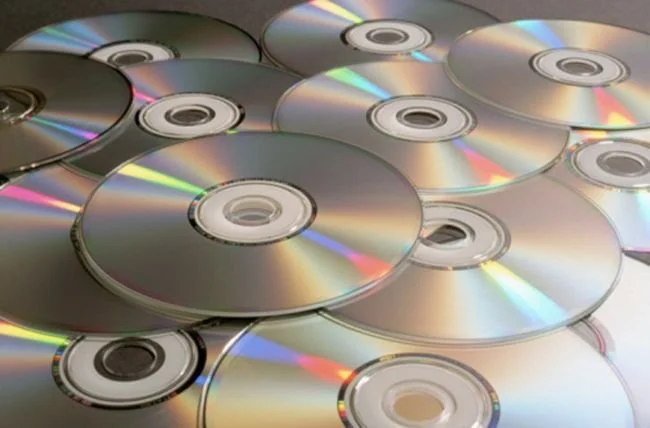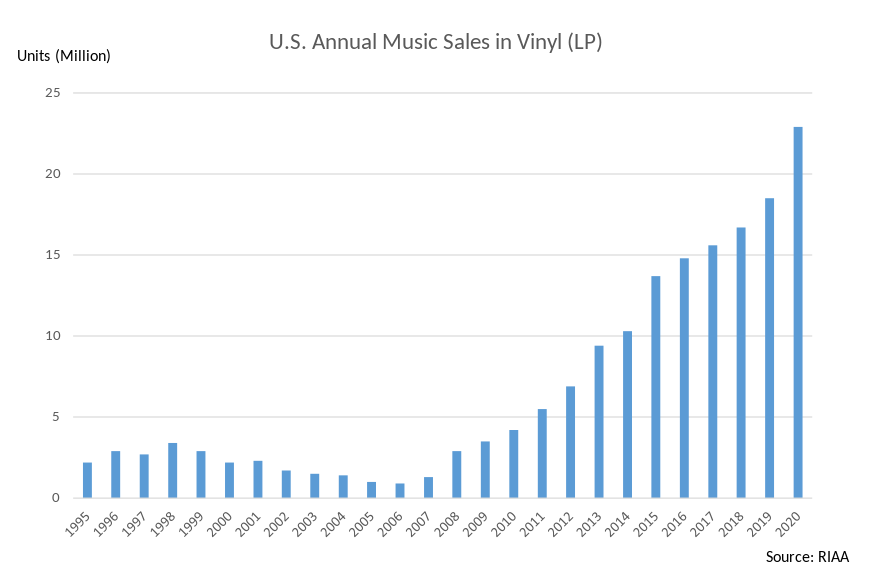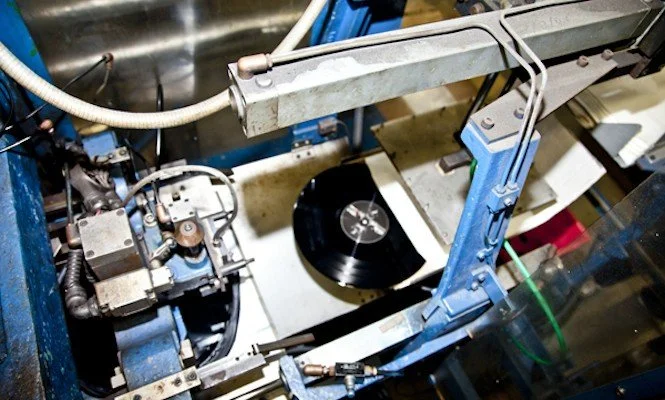TECH'S BIG COMEBACK -- VINYL!
MUSICLAND — 1920-1980 — Stack ‘em up, line ‘em up, spin ‘em round and round. From shiny 78s to 45 rpm singles, from the first LP to the last double album, records owned our ears.
We did not just play them, we cherished them. Collected them, traded them, filled entire book cases. Flip through the covers and your musical life passed before your eyes. Some covers were as ubiquitous as wallpaper. “Tapestry.” “Led Zeppelin IV.” “Kind of Blue.” “The White Album.”
And then suddenly, they were gone. Your few hundred or few thousand LPs sat in an attic or basement as the world went digital.
The first compact disc came out in October 1982. The wonder, the wonder. . .
You mean an entire album fits on this little disc? And look — in the light — a rainbow! How do they work? Who knows? Who cares? Because they not only play music, they control it. Want to skip that wretched Track 3 on Side 1? Don’t lift the needle, then set it down precisely on the slick band. Just push a button and that loser song is GONE!
And listen! No crackles or hiss, no phrases that skip or re-re-re-re-repeat. Who would ever buy an LP again?
Some 350 million LPs sold in 1978. By 1995, the number was less than a million. Records, like dial phones and 8-tracks and typewriters, had gone the way of all tech. By 2007, the world’s music filled 200 billion CDs. LPs? They were for grandparents.
And then something utterly unprecedented in the history of technology began. Under a new name — vinyl — long-playing records, with their scratchy grooves and Fifties hi-fi ethos — became cool again.
“Vinyl, initially, saw a resurgence as hipsters in their 20s and early 30s sought a way to differentiate their music listening,” Fortune wrote. “Albums were old school, filled with hisses and pops that digital music had erased. But those flaws added a depth and warmth to the music that even people who once owned extensive album collections had forgotten.”
Since 2007, as if millions suddenly traded their smart phones for princess phones, “vinyl” has come back. What began with hipsters has spread to the rest of music’s insatiable consumers.
In 2014, vinyl sales topped 10 million. The year’s best-seller was not some nubile artist you had to be pre-pubescent to know. It was “Abbey Road,” selling 40,000 newly-pressed records.
When vinyl came back, an entire technology rose from the dead. Tech companies made new turntables. Record pressing plants revived or rewired. Cover designers, appreciating the large format of an LP, got creative. And does anyone remember liner notes?
Record stores, too, staged a comeback. Stores like Electric Fetus in Minneapolis and Reckless Records in Chicago (above) began stocking as much vinyl as CD. And Record Store Day became an annual event.
Each April since 2008, Record Store Day has brought major artists to outlets around the world. With an official ambassador — Tom Waits or Bob Dylan or most recently Taylor Swift — Record Store Days also celebrate the release of hundreds of new albums — on vinyl.
Suddenly, said Martin Gore of “Depeche Mode,” “it was so exciting to go to the record shop and buy a piece of vinyl and hold it, read the liner notes, look at the pictures. Even the smell of the vinyl.”
Okay, like, cool but, like, why?
Last year, the music tracking service Luminate surveyed vinyl buyers in 22 countries. Turns out that however convenient it is to stream music on your phone, vinyl fans prefer to “physically own” music. Another chunk “liked to have physical records to look at.”
CDs and streaming put music in your ears, but vinyl puts music in your hands. Only half of vinyl buyers even own a turntable. At $25-$40 an album, they’ve gone vinyl for reasons beyond the groove. Dynamic covers, deeper liner notes, and “retro” style keep vinyl marching on.
By 2020, the turntables had been flipped. That year, for the first time since the Eighties, vinyl sales topped CD sales. “Abbey Road” was still a best-seller, with sales of a quarter million. And in 2022-23, Taylor Swift became the first artist since “your mother was born” to sell a million LPs.
Led by Swift, some 41 million LPs sold in the U.S. alone, 45 times the figure for 2006. Demand outpaced supply as music labels struggled to replace aging technology with state-of-the-art pressing machines.
The most unlikely of all comebacks — technological — is complete. Vinyl is back. Even if streaming remains the most popular music medium, when music lovers buy albums, they want the old-style, the analog, the hisses and crackles. Even the sk-sk-skips.
“Vinyl is the real deal,” said Jack White of White Stripes fame. “I’ve always felt like, until you buy the vinyl record, you don’t really own the album. And it’s not just me or a little pet thing or some kind of retro romantic thing from the past. It is still alive.”


